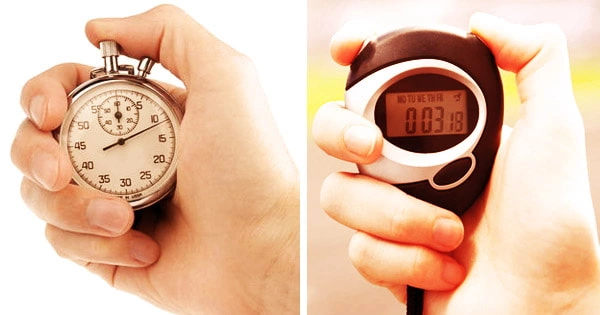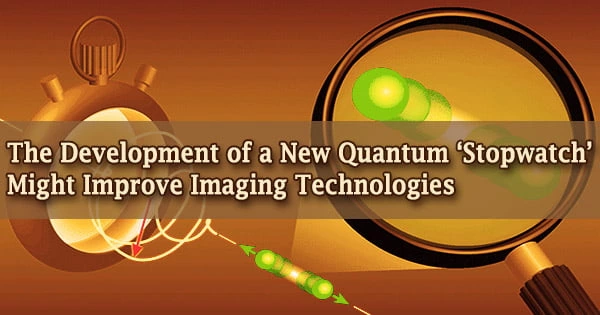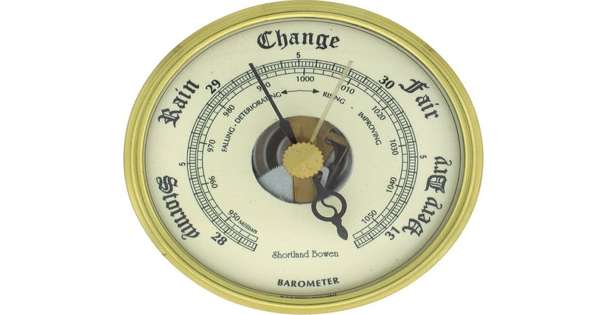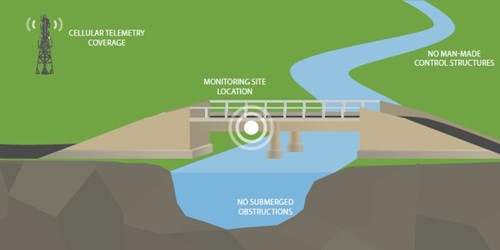Researchers at the University of Colorado Boulder have created one of the most exact stopwatches ever, but it’s not for timing Olympic sprinters and swimmers. Instead, it’s for counting single photons, or the small packets of energy that makeup light. Many electronic products, such as wristwatches, mobile phones, portable music players, and laptops, include a stopwatch function as an added feature.
The team’s discovery might lead to significant advancements in a variety of imaging technologies, ranging from sensors that map entire forests and mountain ranges to more sophisticated gadgets that can identify human illnesses such as Alzheimer’s and cancer. The findings were published in the journal Optica this week.
A mainspring is used to power mechanical stopwatches, and it must be wound up by rotating the knurled knob at the top of the stopwatch. There are digital electronic stopwatches available that are far more accurate than mechanical timepieces owing to their crystal oscillator-timing element.
TCSPC gives you the total number of photons. It also times when each photon hits your detector.
Bowen Li
According to Bowen Li, the study’s primary author, the research focuses on a commonly used method known as time-correlated single-photon counting (TCSPC). It operates in a similar way as the Olympic timers: scientists fire a laser light onto a sample of their choice, ranging from single proteins to enormous geologic formations, and then record the photons that reflect back to them. Researchers can learn more about an object by collecting more photons.

“TCSPC gives you the total number of photons. It also times when each photon hits your detector,” said Li, a postdoctoral researcher in the Department of Electrical, Computer and Energy Engineering (ECEE) at CU Boulder. “It works like a stopwatch.”
Now, that stopwatch has gotten better than ever. Using an ultrafast optics tool called a “time lens,” Li and his colleagues show that they can measure the arrival of photons with a precision that’s more than 100 times better than existing tools.
The group’s quantum time lens, according to Shu-Wei Huang, corresponding author of the current paper, works with even the cheapest TCSPC devices on the market. In most circumstances where a stopwatch is used, however, there are clues that the timed event is going to occur, and the manual action of starting and stopping the timer can be far more precise.
“We can add this modification to almost any TCSPC system to improve its single-photon timing resolution,” said Huang, assistant professor of ECEE.
The project is part of CU Boulder’s newly formed Quantum Systems via Entangled Science and Engineering (Q-SEnSE) center, which has a budget of $25 million.
Photo finish
TCSPC might not be a household name, according to Huang. However, technology, which was initially created in 1960, has changed the way people view the world. These photon counters are crucial parts of lidar (light detection and ranging) sensors, which scientists use to produce geologic maps.
They’re also visible with fluorescent lifetime microscopy, a technique for imaging at a smaller scale. Doctors use the method to identify diseases such as macular degeneration, Alzheimer’s disease, and cancer.
“People shine a pulse of light on their sample then measure how long it takes to emit a photon,” Li said. “That timing tells you the property of the material, such as the metabolism of a cell.”
Traditional TCSPC instruments, on the other hand, can only measure time to a certain precision: If two photons arrive at your gadget within 100 trillionths of a second or less of each other, the detector captures them as a single photon. It’s akin to a picture finish between two sprinters in a 100-meter race.
Small irregularities may seem insignificant, but they may make a tremendous impact when attempting to obtain a close look at exceedingly small molecules, according to Li.
Time lenses
So he and his colleagues came up with the idea of utilizing a “time lens” to tackle the problem.
“In a microscope, we use optical lenses to magnify a small object into a big image,” Li said. “Our time lens works in a similar way but for time.”
Imagine two photons as two runners sprinting so close together that the Olympics timekeeper can’t tell them apart. That’s how time distortion works. Both photons are sent via Li and his colleagues’ time lens, which is made up of loops of silica fibers. One of the photons slows down during the process, while the other accelerates. Instead of a close race, there is now a significant gap between the runners, which may be detected by a detector.
“The separation between the two photons will be magnified,” Li said.
The method works, according to the researchers: TCSPC devices with built-in time lenses can discriminate between photons arriving at a detector with a gap of several hundred quadrillionths of a second order of magnitude better than standard devices.
Before time lenses become popular in scientific labs, researchers still have some work to do. However, scientists expect that this technology may one day allow people to examine things of all sizes, from the tiniest to the largest, with clarity never before imaginable.
















